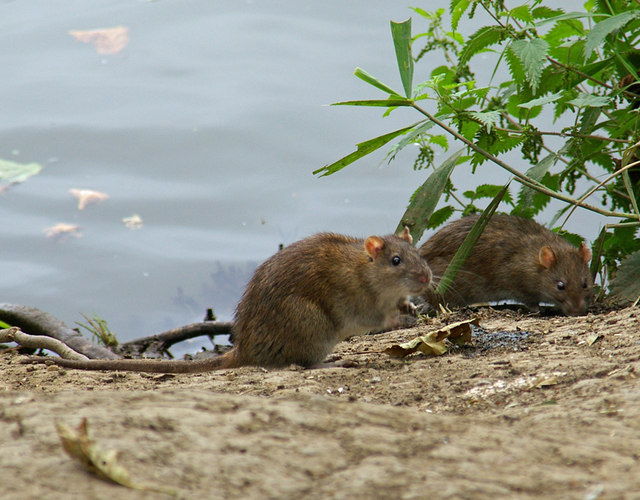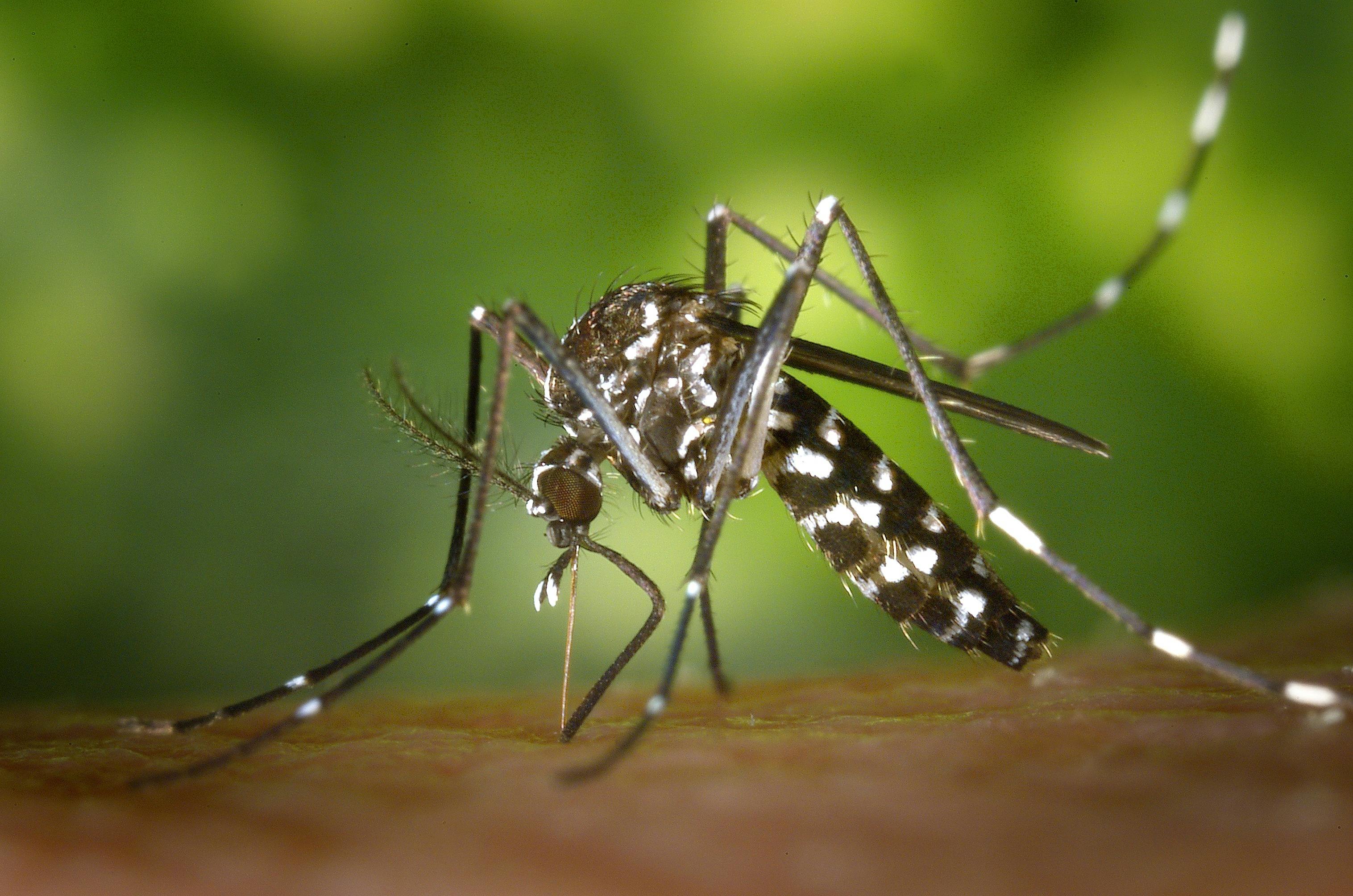Last year summer vacation: it was a hot summer. It was dry, it was sunny, it was fun. And with all the climate change, the heatwaves will probably keep coming. Is that bad? for my mood: no. For a lot of other things: yes. And on top of that, the chances of getting, for example, those annoying ticks and other not so great diseases will rise too.
The reality
Even before climate change became a big deal, there were already some conditions that appeared more in the summer than in other seasons. Causes for these conditions include high temperatures and more available nutrients in the water or ground. So here are some conditions listed.
Summer depression
Whoever thinks that only the winter can cause depression, is terribly wrong: summer depression can also occur. In the Netherlands, only 0.1 percent of the Dutch population gets this. Also, 1 in 300 people get milder symptoms.
So, summer depression is a seasonal thing, just like winter depression: it comes back every year in the same period, in this case summer and sometimes even in spring. With winter depression, people get depressed because of less sunlight. However, people with summer depression, can get depressed because of, for example, too much sunlight. They describe it as if the light cuts through them. Another possible cause of summer depression could be that they feel left out, because ‘’everyone’’ is having fun and doing fun things in the summer, while that person might not think that about themselves. Furthermore, in the summer people wear less clothes and some people might feel more self-conscious about their body, which can lead to summer depression.
Heat stroke
Your body has a ‘cool’ cooling system when your body gets too warm: you will become thirsty and you will sweat a lot. However, when it is too warm and your body does not have enough access to water, because you do not drink enough water for example, the heat in your body cannot go anywhere and you will overheat. This situation can be disastrous when you remain overheated for a prolonged period. In Dutch, it is called zonnesteek, but sun exposure is not necessary. For example, sometimes people who work at blast furnaces experience it too.
When you have a heat stroke, your body temperature reaches 40 degrees Celsius or above. You can get dizzy, headache, nausea. These are important signals to stay out of the sun. However, if the heat does not go down over time, the condition can be worsened by seizures and shock. If the body reaches 42 degrees Celsius, the person has a very high chance of dying.
The things you can do for someone who has a heat stroke are: putting that person under a cold shower or in a cool environment, letting that person drink, and advising rest. Yet, if the person continues vomiting, becomes disordered and loses consciousness, call 112.
Weil Syndrome (Leptospirosis)
This disease is rare in the Netherlands, but the RIVM discovered an increase in cases since 2014. Probably caused by milder winters and hotter summers. The disease is caused by Leptospira, which can infiltrate the body by mucous membranes of mouth, nose or eyes. In the Netherlands the disease of Weil is caused by rats, which contain the bacteria. They can then be spread by rat-urine. Infection can occur, when people swim in lakes where rats live. When someone acquired the syndrome, the first symptoms start with flu-like symptoms, such as fever, muscle aches and oversensitivity to light. Worse cases can occur when the infection causes kidney and liver problems or meningitis. The treatment consists of penicillin G, doxycycline or erythromycin. In case of delayed treatment the disease of Weil can cause death in 20% of cases. Luckily, as previously stated not many get infected in the Netherlands each year: only 20 people.

Blue-green algae
You might expect that blue-green algae are a kind of algae, but they aren’t: they are bacteria, cyanobacteria to be more specific. However, just like plants they can use photosynthesis to produce energy. They do not only live in water, but also on the ground and on tree branches.
The perfect environment for blue-green algae to live in is water that has too many nutrients, often caused by the agricultural sector; a temperature between twenty and thirty degrees Celsius; and water which does not flow too fast and that is not fully in the sun.
Because the summers in the Netherlands are becoming warmer, the environment is becoming more favourable for blue-green algae. Unsurprisingly then they are expected to bloom in future summers. This will result in a layer of algae resting on the water surface. The dying cyanobacteria will stay in the lowest part of the layer and will secrete toxins. When it comes in contact with your skin, it gives rise to skin irritation. When the toxins stay on the skin and that skin comes in contact with eyes or mouth, it can also lead to eye irritation, nausea, stomach cramps, vomiting and diarrhoea. Most of the time these symptoms will disappear in two to three days.

Ticks
In the Netherlands these are becoming a bigger problem because of the warmer climate. Ticks are small arachnids, which are present in trees, bushes, and in high grasses. They latch onto human skin and bite to drink blood. However, when they do this they can cause disease, such as Lyme.
Lyme is caused by the Borrelia bacterium. Around twenty percent of ticks contain these bacteria. Luckily you can prevent this disease by removing the tick with a kind of pincet. Or prevent the tick from biting by wearing clothes that cover your skin, or wearing DEET.
Lyme can have different manifestations. Firstly, a red spot can appear until 3 months after a bite. Myalgia and arthralgia can also appear in the first weeks. After that, nervous system problems and heart problems can also occur. However, these can also be the first signs. Treatment is with antibiotics. If you really want to avoid tickbites: go to Tekenradar.nl, which predicts where the chance is higher or lower to come across a tick. However, sometimes every province has a high risk.
A possible threat: the tiger mosquito
Last year on RTL nieuws: ‘’When these summer will stay this warm, the Tiger mosquito will stay indefinitely in the Netherlands.’’ According to expert Willem Takken this will take only two years. You might think: ‘’So what?’’. Well the thing is with these mosquitoes, is that they can spread diseases such as dengue and zika. Luckily, right now these diseases do not occur in the Netherlands, but it can happen later on. Also, the common mosquito as the Dutch know it, only stings during the evening. However, the Tiger mosquito also does this during the day.

All in all, there are indeed some diseases that occur more during the warm months. Luckily, most of them can be avoided and you can still have a great and healthy summer!
